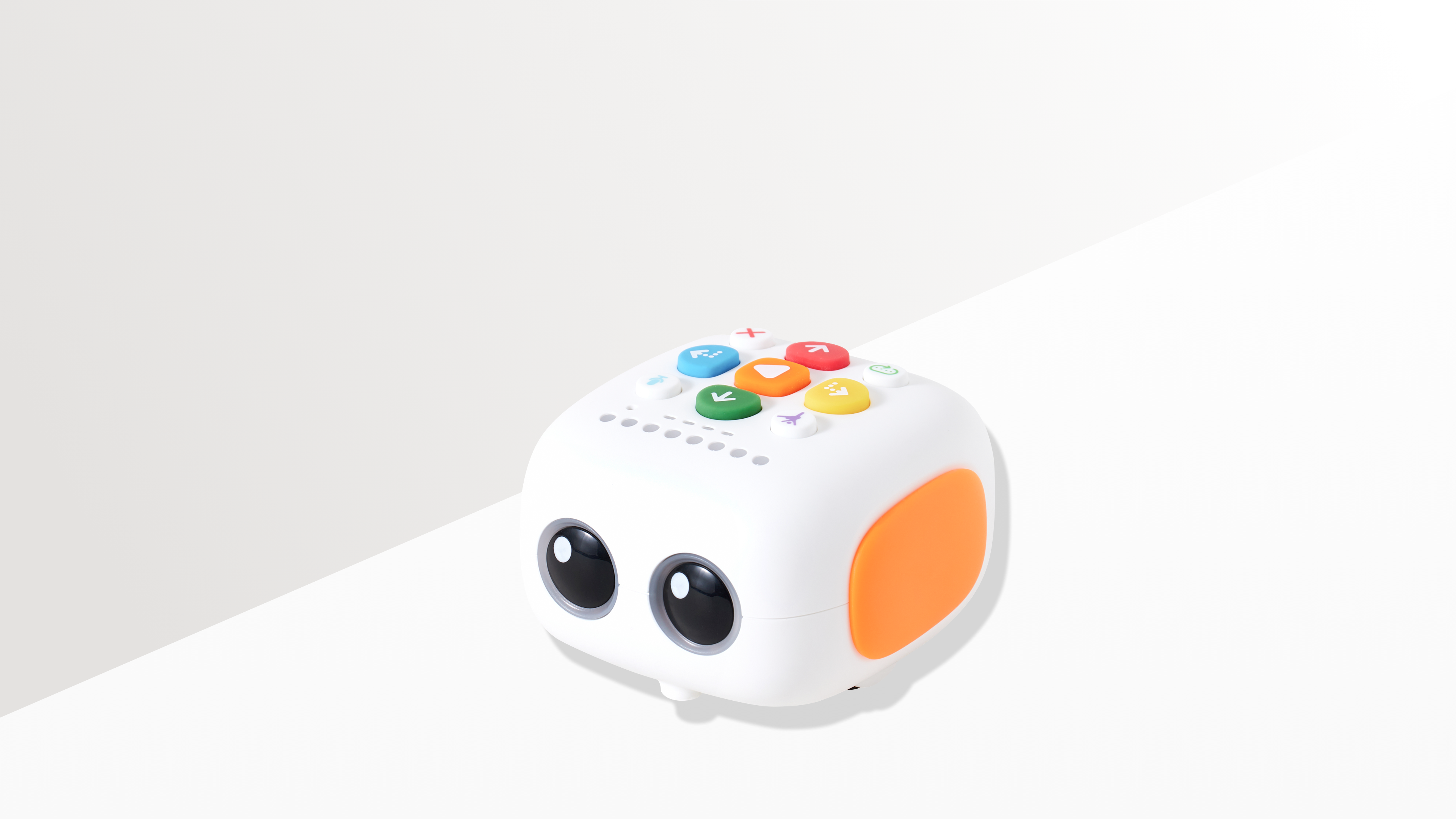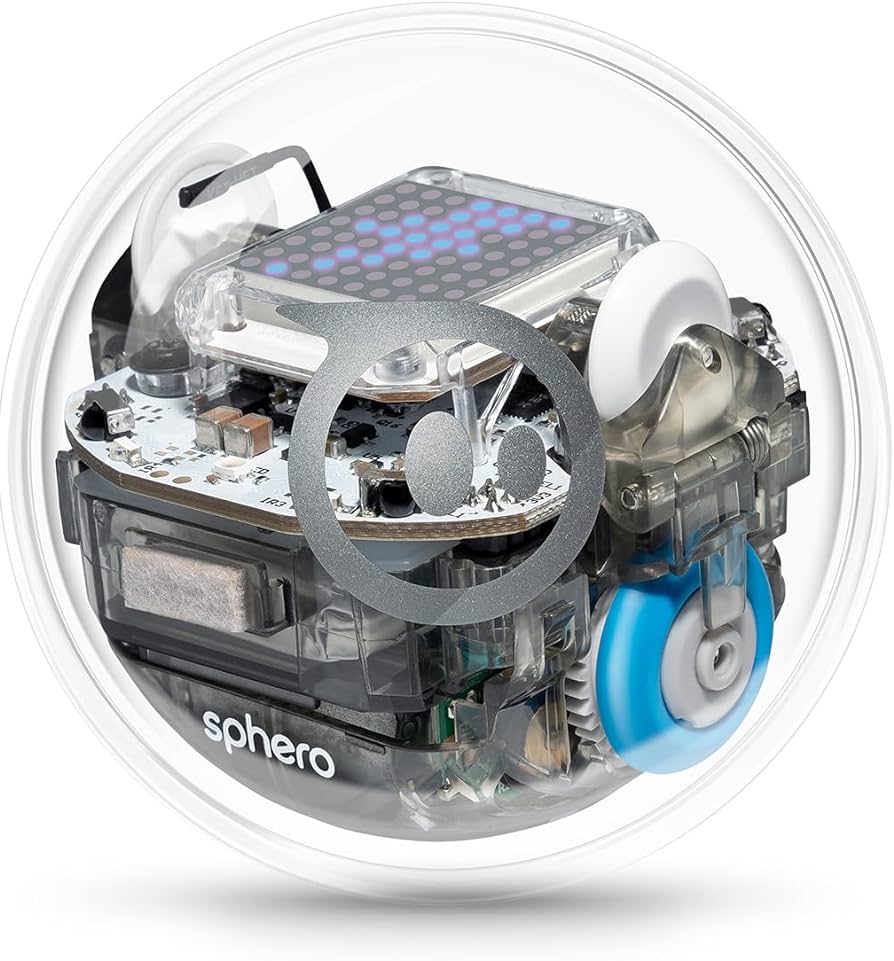PRE2023 3 Group 9: Difference between revisions
No edit summary |
Interview questions |
||
| Line 57: | Line 57: | ||
=== Marty === | === Marty === | ||
[[File:Marty.jpg|center|thumb|Marty]] | [[File:Marty.jpg|center|thumb|Marty]] | ||
| Line 64: | Line 65: | ||
== Interview Questions == | == Interview Questions == | ||
Questions for teachers. | |||
# What challenges do you face in teaching elementary math to your students? | # What challenges do you face in teaching elementary math to your students? | ||
# Can you share any specific math topics or skills that you find challenging to teach effectively? | # Can you share any specific math topics or skills that you find challenging to teach effectively? | ||
| Line 70: | Line 71: | ||
# In your experience, what approaches or teaching methods have been most successful in engaging for your students? | # In your experience, what approaches or teaching methods have been most successful in engaging for your students? | ||
# How do you assess the progress and understanding of math concepts among your preschool students? | # How do you assess the progress and understanding of math concepts among your preschool students? | ||
Questions for parents. | |||
# What challenges do you face in teaching elementary math to your kid? | |||
# Can you share any specific math topics or skills that you notice your kid finds challenging? | |||
# What types of resources or tools do you currently use to enhance math learning with your kid? | |||
# In your experience, what approaches have been most successful in engaging your kid? | |||
# How do you assess the progress and understanding of math concepts with your kid? | |||
== Appendix == | == Appendix == | ||
Revision as of 13:51, 22 February 2024
Digital Abacus
| Member | Student Number | Major |
|---|---|---|
| Ciska | 1735004 | BCS |
| Lucas | 1437372 | BCS |
| Mex | 1808753 | BCS |
| Sandor | 1843990 | BCS |
| Tjeh | 1778749 | BCS |
| Kevin | 1864548 | BCS |
Link to Overleaf: https://www.overleaf.com/read/dsvwfrzwcqrg#77c790
Plan
Many children struggle with learning how to count. Addition and multiplication are difficult subject to master, so we want to develop a digital device to help teachers and students: a digital abacus. First we will look into visual learning and how to teach math using visualisation, which we can then apply when designing the device. Then we will start designing either a physical prototype or a simulation of our counting device.
State of the Art
TaleBot Pro

The Matatalab TaleBot Pro is an engaging educational robot designed for children aged 3 to 5. This interactive companion introduces young learners to coding, problem-solving, and basic math skills in a user-friendly manner. The TaleBot Pro utilizes buttons on the robot itself for movement, making it accessible for preschoolers.
Concerning math learning, the TaleBot Pro features an interactive map tailored for counting activities. It is a colorful map divided into sections, with some tiles representing different numbers. With simple commands like "move forward" or "turn," the robot follows an exciting story that involves counting challenges. Each section on the map helps kids associate numbers with specific locations, enhancing both numerical understanding and spatial awareness.
As kids navigate through counting challenges using the buttons, the robot provides instant feedback, creating a positive and supportive learning environment. In essence, the TaleBot Pro transforms math into an enjoyable adventure, combining storytelling, button-based navigation, and counting to make early education engaging for young learners.
Sphero Bolt

The Sphero BOLT is not only a playful and interactive robot but also a valuable tool for introducing mathematical concepts to young learners. Through programming the BOLT's movements and activities, users can engage with fundamental mathematical principles. For instance, they can explore distance and speed as they command the robot to move specific distances or at varying speeds. Additionally, the robot's ability to follow programmed paths encourages an understanding of geometry and spatial relationships. This hands-on approach to coding with the Sphero BOLT provides an effective way for children to learn and apply mathematical concepts in a real-world context, fostering a connection between programming and foundational math skills.
With the Sphero BOLT, you can create engaging math activities for young children, ages 3 to 5. One exciting game is "Decimal Shake," a game to introduce basic addition and the concept of decimals. In this game, children take turns shaking the BOLT to generate decimals. The challenge is to add these decimals together with the goal of getting as close as possible to 1.0. Kids need to physically shake the BOLT to create new decimal numbers. To add an element of strategy, players can choose not to shake the BOLT to end their round. After three rounds, each player's score is determined by how far their sum of decimals is from 1.0. The player with the lowest score after three rounds emerges as the winner, turning math into a playful and competitive learning experience.
Marty

Marty the Robot stands out as a friendly and educational companion, designed to bring excitement and accessibility to coding and STEM education. Resembling a mini-humanoid, Marty boasts the ability to move, dance, and be programmed using various languages, from the beginner-friendly Scratch to Python. Whether in the classroom learning counting and adding or delving into robotics fundamentals, Marty sparks curiosity, transforming abstract concepts into interactive experiences for learners of all ages.
For example in a lesson about counting, Marty turns basic math into a dynamic and enjoyable experience. Children embark on a learning journey with Marty, mastering counting from one to five and delving into the concept of adding numbers up to five. The lesson begins with an animated warm-up game, encouraging children to move and count their steps based on different statements. This lively start energizes the learners and creates anticipation for the engaging activities that follow. During the "Time for Practice" segment, Marty's pre-programmed code comes into play. His synchronized arm movements provide a clear and visual representation of counting and adding concepts. The lesson concludes with a reflective "Cool Down" session, where children discuss their successes and challenges. This provides valuable insights for the teacher to gauge comprehension and offer additional support as needed. Marty serves not just as an educator but also as a motivator, making the learning journey a joyful and enriching experience for young minds.
Interview Questions
Questions for teachers.
- What challenges do you face in teaching elementary math to your students?
- Can you share any specific math topics or skills that you find challenging to teach effectively?
- What types of resources or tools do you currently use to enhance math learning in the classroom?
- In your experience, what approaches or teaching methods have been most successful in engaging for your students?
- How do you assess the progress and understanding of math concepts among your preschool students?
Questions for parents.
- What challenges do you face in teaching elementary math to your kid?
- Can you share any specific math topics or skills that you notice your kid finds challenging?
- What types of resources or tools do you currently use to enhance math learning with your kid?
- In your experience, what approaches have been most successful in engaging your kid?
- How do you assess the progress and understanding of math concepts with your kid?
Appendix
Logbook (140 / 8 = 17.5 hours per week)
| Week | Name | Hours Spent | Total Week | Total Overall |
|---|---|---|---|---|
| 1 | Ciska | Meeting1 (2h), Brainstorm (1h), Meeting2 (4h), Working on Actionpoints (3h) | 10 | 10 |
| Lucas | Meeting (2h), Meeting2 (4h) | |||
| Mex | Meeting (2h), Meeting2 (4h) | |||
| Sandor | Meeting (2h), Brainstorm (1h), Meeting2 (4h) | |||
| Tjeh | Meeting (2h), Brainstorm (1.5h), Meeting2 (4h) | 7.5 | 7.5 | |
| Kevin | Meeting (2h), Brainstorm (1h), Meeting2 (4h) | |||
| 2 | Ciska | |||
| Lucas | ||||
| Mex | ||||
| Sandor | ||||
| Tjeh | Meeting (1h), Report (1h), Interview Questions (1h) | |||
| Kevin |
Sources
https://cstwiki.wtb.tue.nl/wiki/PRE2022_3_Group10
Different ways of using an abacus https://enthu.com/blog/abacus/how-to-use-an-abacus/
- Jordan, N. C., & Levine, S. C. (2009). Socioeconomic variation, number competence, and mathematics learning difficulties in young children. Developmental Disabilities Research Reviews, 15(1), 60–68. https://doi.org/10.1002/ddrr.46